Kerala's Historic Achievement: From Land to the Tiller to Extreme Poverty Free State
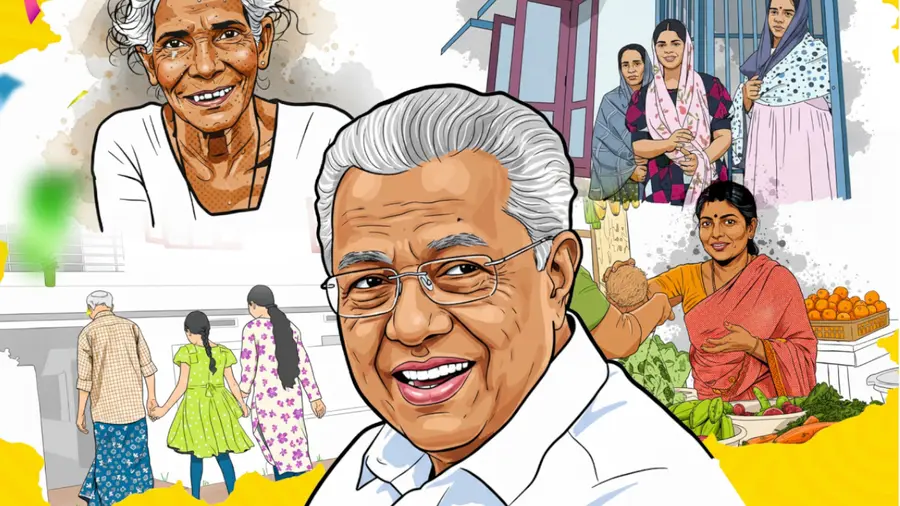
Shaik Nafaaz
Published on Nov 04, 2025, 06:04 PM | 13 min read
On November 1, 2025, as Kerala marks its 70th Foundation Day, Chief Minister Pinarayi Vijayan declared the state free of extreme poverty. This milestone is unprecedented in India and rare across the world. The achievement comes from the Extreme Poverty Eradication Project launched in 2021. To understand this historic moment, we must look back seven decades to when progressive governance first took root in Kerala and how the Left Democratic Front established a development model that has inspired the world.
The Foundation: Land Reforms and Communist Legacy
Kerala's poverty eradication story begins in 1957. That year, EMS Namboodiripad's Communist government became the first elected communist government in the world. The government introduced a revolutionary Land Reforms Bill that would transform Kerala's social and economic landscape. Minister K R Gowri Amma championed the legislation with the radical slogan "Land to the Tillers." The bill aimed to dismantle the feudal landlord system that concentrated land ownership among a privileged few, leaving the vast majority of cultivators landless and powerless.
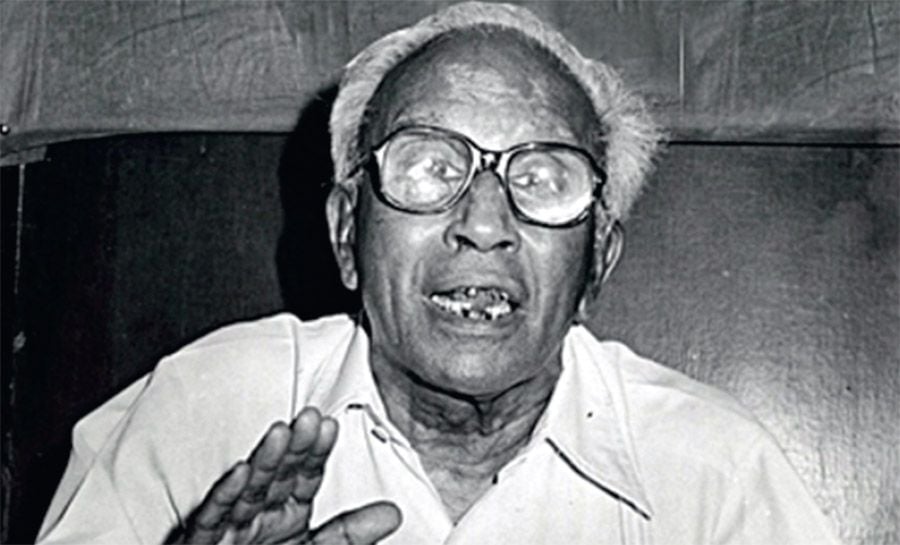
The 1957 reforms faced intense opposition from landowning elites threatened by their privileges. The central government ended the first communist experiment by dismissing the EMS administration under Article 356. Still, the vision from 1957 endured. Subsequent land reforms in 1960, 1963, and the 1969 Kerala Land Reforms Amendment Act, led by Chief Minister C Achutha Menon, significantly transformed Kerala's agriculture compared to most Indian states. These reforms abolished landlordism and granted ownership rights to tenants who had cultivated the land for generations without ownership. They also provided homestead land to those living in huts, ensuring every family had a place to call home.
By the 1990s, the society had changed dramatically: landlessness among peasants was eradicated from a state where 63% of households owned no land. This extensive redistribution of wealth laid the groundwork for Kerala's renowned development model, characterised by high human development levels despite modest per capita income.
The land reforms demonstrated the power of political will guided by socialist principles. Where market forces concentrate wealth, deliberate state intervention can redistribute it with equity. The Left's insistence that land belongs to those who till it challenged centuries of feudal hierarchy. This ideological commitment to equity over privilege became the cornerstone of Kerala's development philosophy.
Building the Kerala Model: How the Left Set a New Paradigm
The land reforms created a base on which successive left governments built a comprehensive welfare state that would become a model for developing regions across the globe. The Kerala Model, as it came to be known, represented a radical departure from conventional development thinking that prioritised GDP growth over human welfare.
Universal public education became the cornerstone of Kerala's transformation. The Left governments invested in building schools in every village, training teachers, and ensuring education was accessible regardless of caste, class, or gender. This commitment to education as a right rather than a commodity produced extraordinary results. Kerala achieved near universal literacy by 1991, reaching 96.2% today, the highest in India and comparable to developed nations.

Subsidised healthcare through a robust public health system ensured medical care was available to all. The Left government established primary health centers in rural areas, district hospitals, and medical colleges that provided quality care at minimal cost. Preventive healthcare programs, maternal and child health initiatives, and disease eradication campaigns became hallmarks of Kerala's health system. Life expectancy rates became comparable to developed nations, reaching 77 years while the Indian average remained at 70 years.
The state committed to decentralised governance through empowered local institutions. In 1996, the E K Nayanar led Left Democratic Front government launched the People's Plan Campaign, devolving substantial plan funds to panchayats and municipalities. This gave local bodies unprecedented power to address their own challenges through participatory planning. Citizens became active participants in development rather than passive recipients of government schemes.
The Kudumbashree network of women's groups, established in 1998 under the Left government, became the world's largest community based poverty reduction initiative. It organized 4.5 million women into neighborhood groups focused on microenterprise and social development.
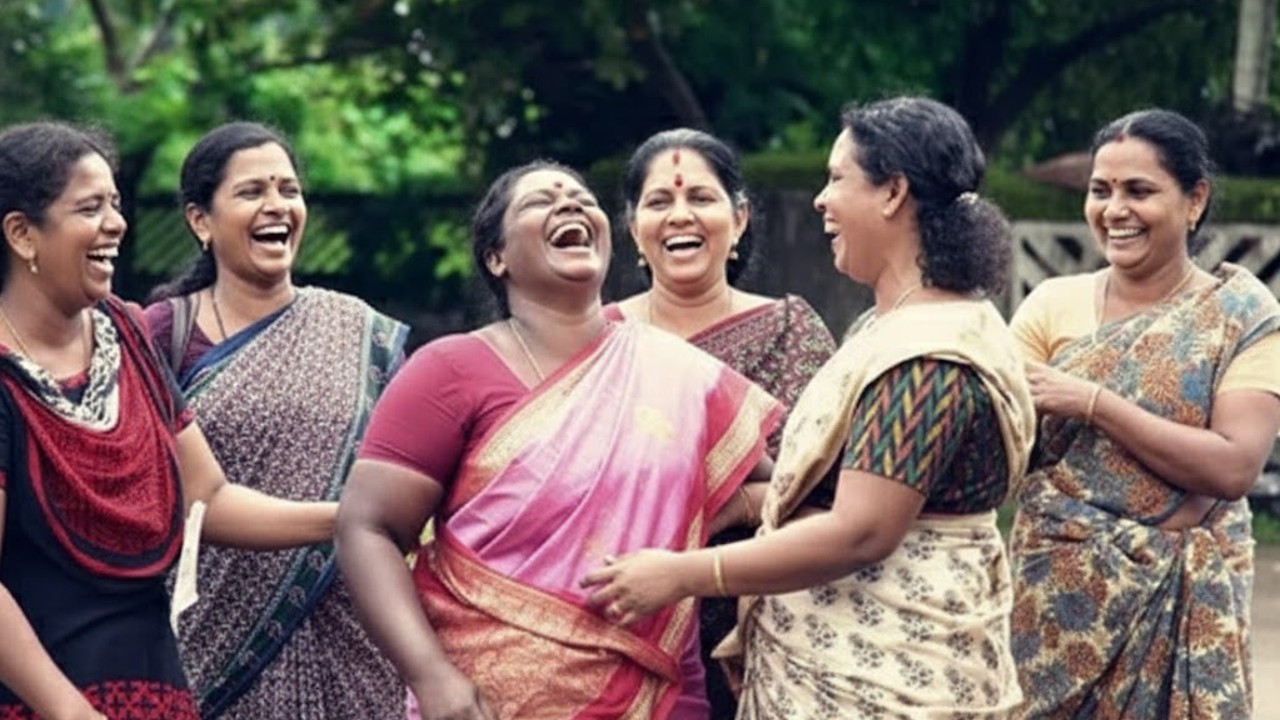
Kudumbashree demonstrated the Left's belief in empowering marginalized communities, women in particular, to lead their own development. The network provided microcredit, livelihood training, and collective entrepreneurship opportunities that transformed women from dependent household members to economic agents.
These progressive policies reflected a consistent ideology that the Left maintained through decades of governance: development must prioritize human dignity and social equity over pure economic growth. This philosophy created the institutional and social infrastructure needed to tackle extreme poverty in a systematic manner.
The Kerala Model attracted international attention from development economists, United Nations agencies, and progressive governments around the world. How had a small Indian state achieved such high human development indicators with per capita income comparable to other Indian states? The answer lay in the Left's unwavering commitment to redistribution, public investment in social sectors, and democratic participation.
The Left's Ideological Contribution to Development
The Kerala Model represents the Left's most significant contribution to development theory and practice. It challenged the dominant neoliberal paradigm that assumed economic growth would trickle down to benefit the poor. Kerala demonstrated that direct state intervention to ensure equitable access to education, healthcare, and basic needs could achieve human development outcomes comparable to wealthy nations even with limited resources.
The Left governments prioritised investing in people, their health, education, and social security, Kerala created a population capable of productive participation in economic and political life. This approach, rooted in socialist principles of collective welfare over individual accumulation, proved that poverty was not inevitable but resulted from political choices about resource allocation.
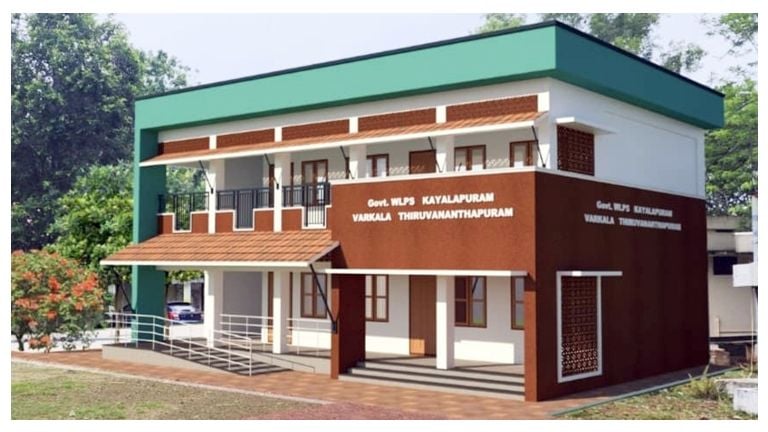
The Left's emphasis on decentralised planning and democratic participation distinguished Kerala from top down development models. The People's Plan Campaign empowered ordinary citizens to identify their own needs and design solutions, making development genuine participation rather than bureaucratic imposition. This reflected the Left's commitment to democratic socialism, where economic democracy complements political democracy.
The Extreme Poverty Eradication Project: Culmination of a Vision
When Pinarayi Vijayan's second LDF government took office in 2021, eradicating extreme poverty was among its first Cabinet decisions. The government committed to leaving no one behind as Kerala entered its seventh decade of statehood. The EPEP represented an evolution from Kerala's historical welfare programs. Instead of universal schemes alone, it focused with precision on those suffering acute deprivation, ensuring that the benefits of Kerala's development reached even the most marginalised.
The initiative began with a comprehensive survey through the Nava Keralam campaign. Over 14 lakh people participated in finding the poorest in society who had not been accounted for by existing welfare schemes. Volunteers and panchayath officials, along with ASHA and anganwadi workers, Kudumbashree members, and activist organisations, assessed 64.4 lakh families across 1,032 local institutions.

This massive mobilisation reflected the Left's approach to governance, combining state machinery with popular participation to achieve social goals. The survey was not a bureaucratic exercise but a people's movement to ensure no one was left behind.
The survey identified 64,006 families comprising 103,099 individuals living in extreme poverty. These families were identified based on stress factors such as food security, health access, income stability, and housing conditions. The project used critical and very critical deprivation indices formulated through multiple trials to capture the varied aspects of severe poverty and identify people so marginalized as to be invisible to existing systems.
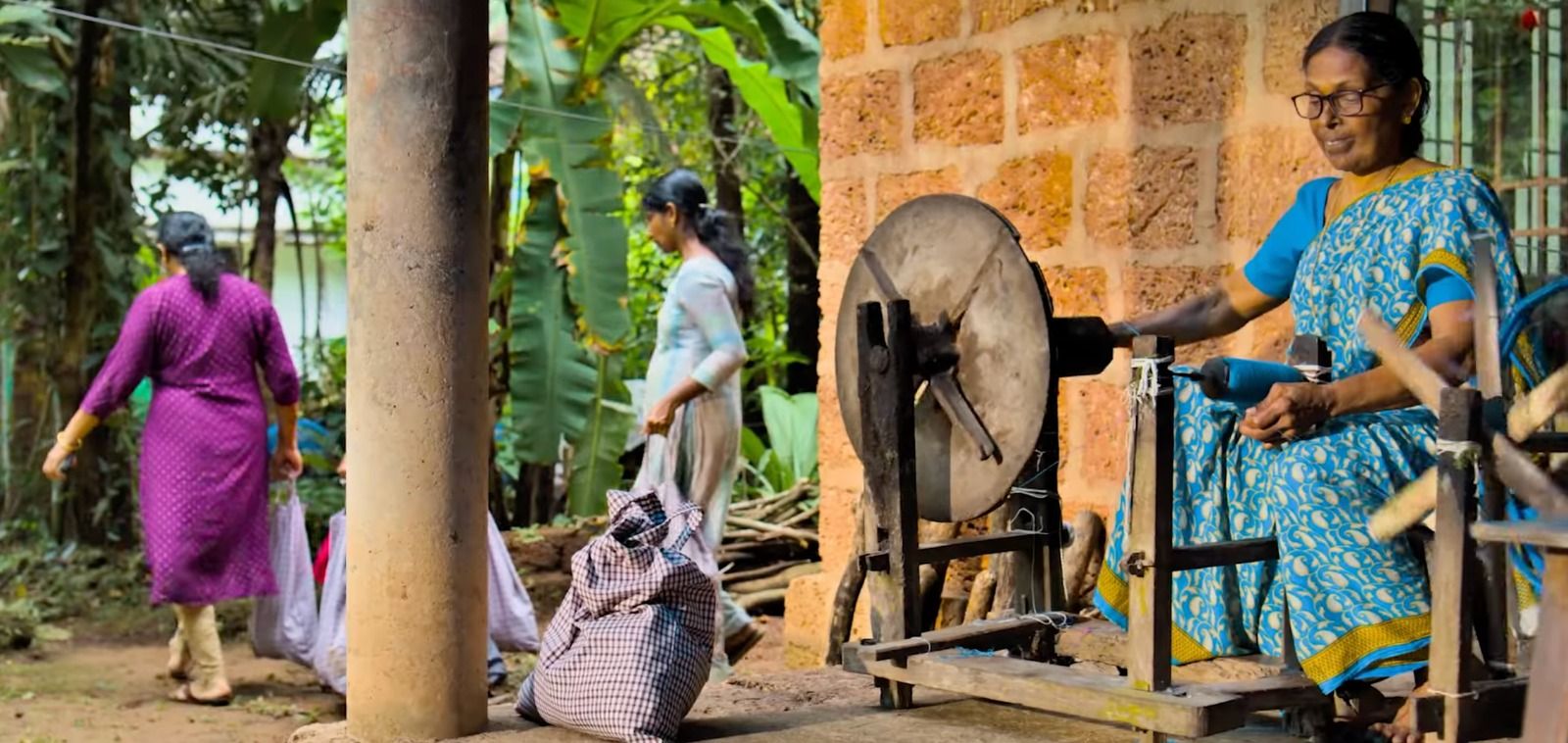
The project did not stop at identification. For each of the 64,006 families, special micro plans were prepared after understanding their situation and taking their opinions into account. Sub plans were prepared at the local government level after codification. This individualized approach ensured that interventions addressed actual needs rather than imposing uniform solutions.
As part of the campaign, rights documents like Aadhaar, Ration Card, UDID card for the disabled, and Electoral ID were provided to families who lacked them. These documents are gateways to government services, and their absence keeps the poorest locked out of welfare schemes. Emergency services like health insurance and social security pension were made available to 21,263 families who had fallen through the cracks of existing programs. The government gave priority to ensuring essential food and medical care for each family.
Some families needed housing through the LIFE Mission scheme, which provides complete houses rather than just financial assistance. Others required livelihood assistance through Kudumbashree's Ujeevanam program, which offers skills training, microcredit, and entrepreneurship support. Still others needed healthcare interventions for chronic illnesses or disabilities, or land titles to secure their homesteads. The state allocated Rs 130 crore for this targeted intervention, coordinating across departments under the Chief Minister's direct oversight.
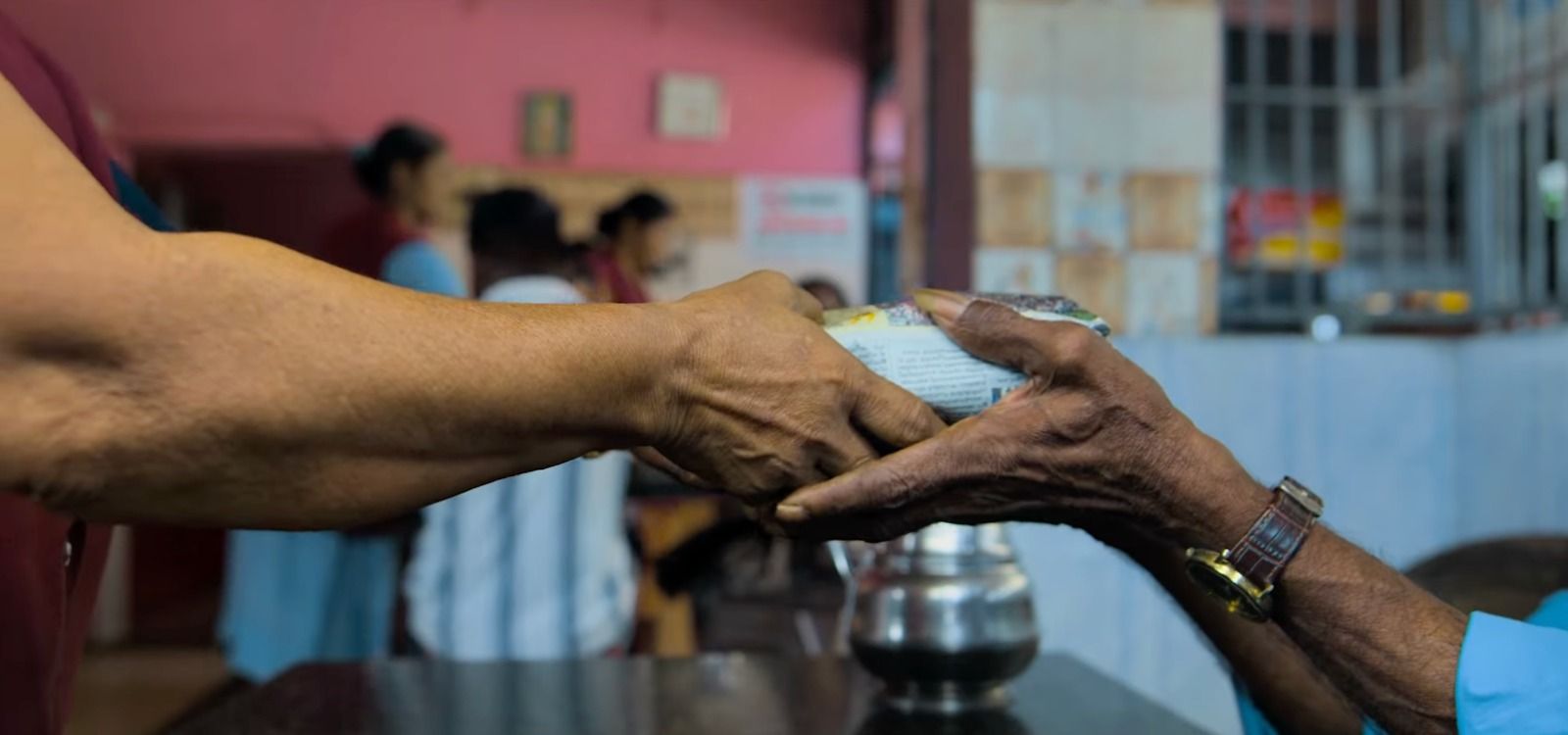
Family needs were listed on a Management Information System that captures the extent to which needs are being met by the concerned local body and department. This ensured transparency and accountability, allowing the government to track progress in real time and identify bottlenecks. The Kudumbashree network functions as both community monitor and service provider, ensuring that interventions reach families and that their voices are heard in implementation.
Local bodies are mandated to prioritise EPEP interventions in their annual plans, ensuring that the goal of poverty eradication receives institutional commitment and resources. This integration of poverty eradication into regular planning processes helps sustain the effort beyond the initial campaign phase.
By April 2025, Dharmadam constituency became the first declared extreme poverty free area, a moment of celebration that energised the entire state. District after district followed, each achieving the milestone through dedicated effort by local governments, community organizations, and the families themselves. The government reports that by mid 2025, interventions had reached 99.8% of identified families, a remarkable achievement in implementation efficiency.
The Methodology: Precision and Compassion
The EPEP's success lay in its methodology, which combined scientific rigor with human compassion. The deprivation indices were developed through careful study of poverty indicators, consultation with experts, and field trials to ensure accurate identification of those in acute distress. Unlike income based poverty lines that can miss people suffering severe deprivation in specific dimensions, the multidimensional approach captured the reality of destitution.
The participatory approach ensured that families were not passive objects of intervention but active participants in their own upliftment. When micro plans were prepared, families were consulted about their needs, aspirations, and priorities. This respect for agency distinguished EPEP from traditional welfare programs where bureaucrats decide what the poor need.
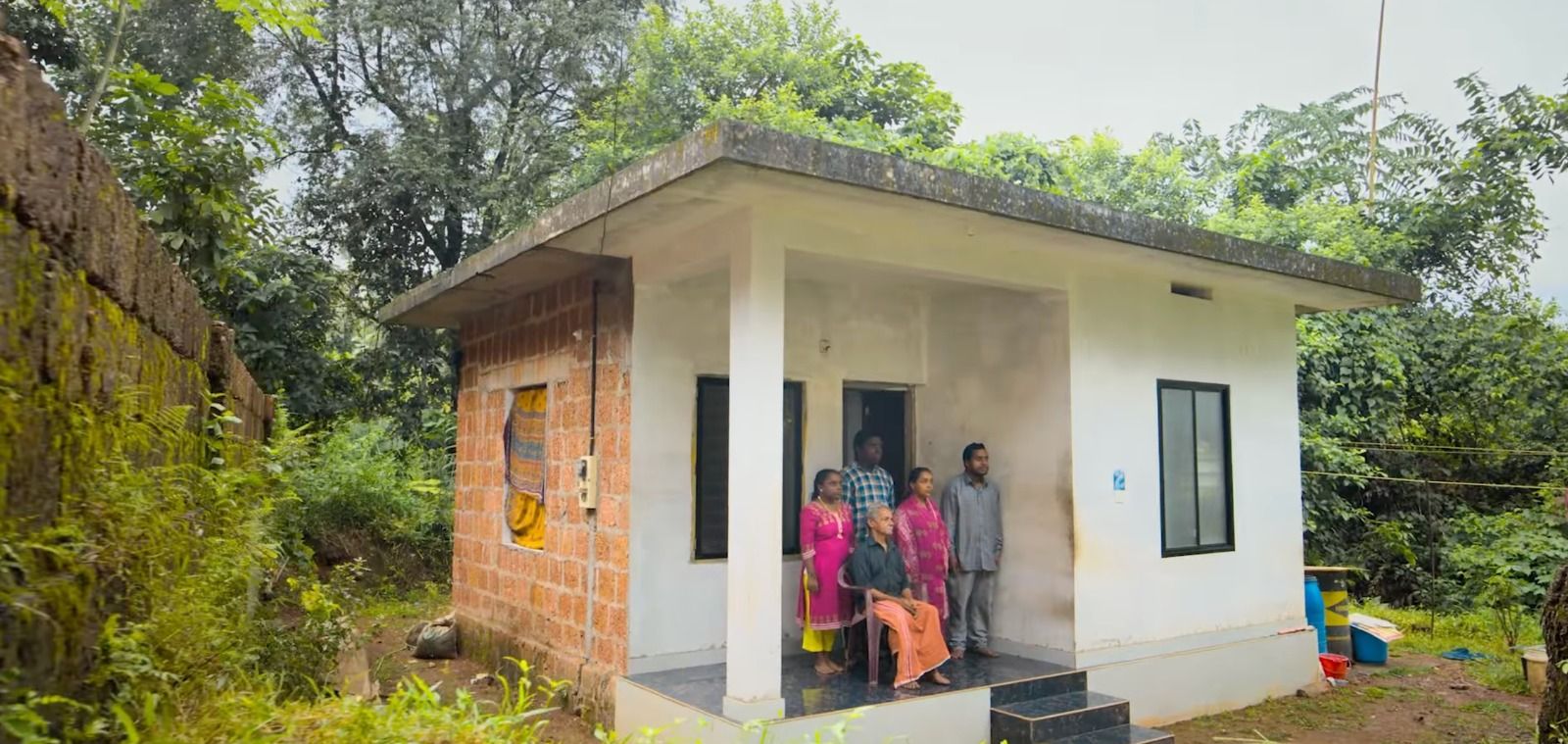
The integration of various departments, housing, health, education, agriculture, social welfare, under a unified mission ensured comprehensive support. A family might need medical care, a house, livelihood training, and education for children at the same time. EPEP provided coordinated interventions rather than fragmented schemes, addressing poverty in a holistic manner.
The use of local institutions as primary implementing agencies reflected the Left's commitment to decentralised governance. Panchayats and municipalities, being closest to the people, could identify needs with accuracy and respond with speed. The empowerment of local bodies through resources and authority made implementation effective and responsive.
Impact and Transformation
The impact of EPEP extends beyond the statistics. Families that once struggled for meals now have food security through ration cards and inclusion in welfare schemes. People who lived in dilapidated huts now have pucca houses with basic amenities through LIFE Mission. Individuals suffering from treatable conditions now receive healthcare through insurance schemes and hospital support.
Women who had no independent income now earn through Kudumbashree microenterprises, gaining economic autonomy and household decision making power. Children who might have dropped out of school now continue their education with support for books, uniforms, and nutrition. Elderly people without family support now receive pensions that provide basic dignity.
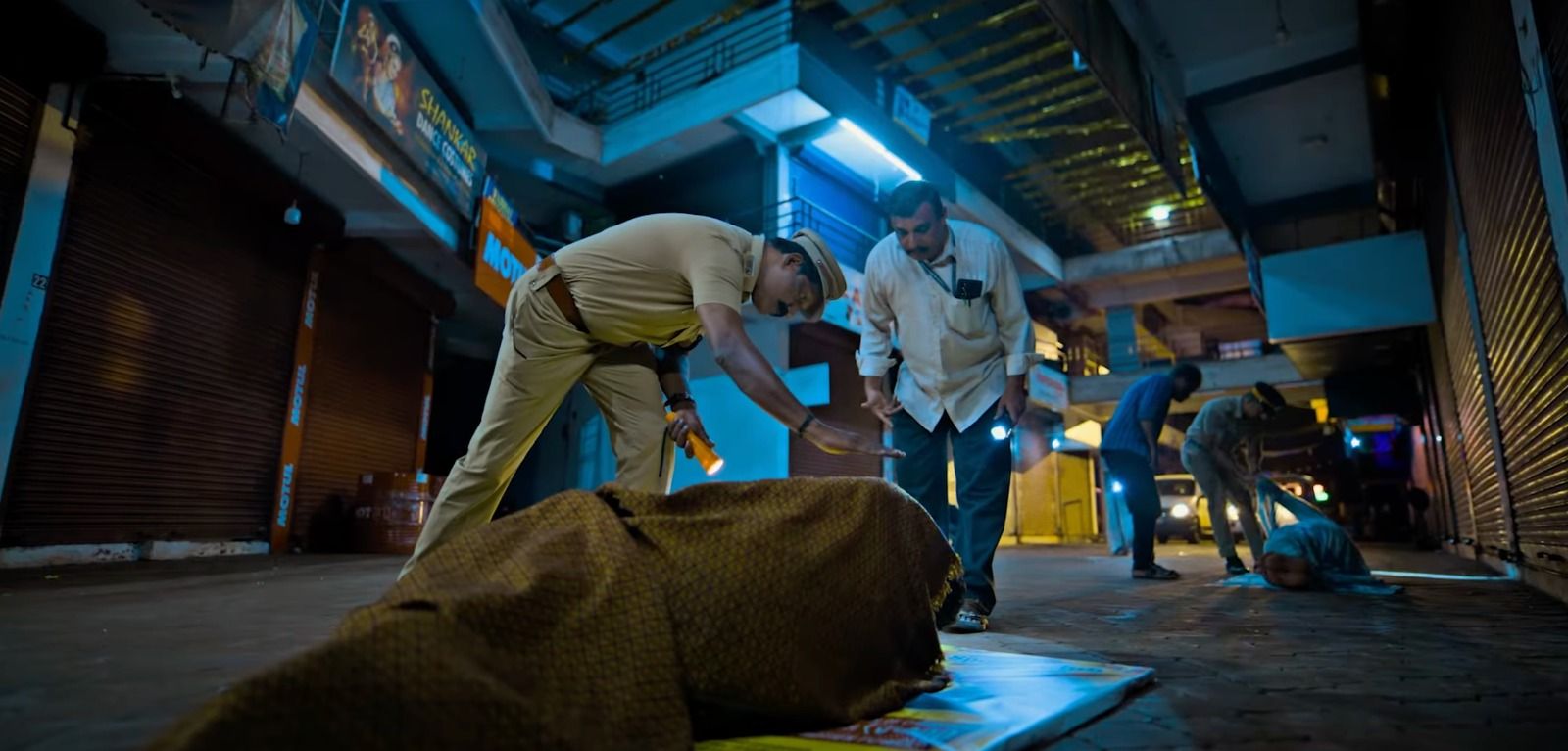
The psychological impact is significant. Being recognized by the state, having one's deprivation acknowledged and addressed, restores human dignity. Families that felt abandoned now see that society cares about their welfare. This social inclusion is as important as material support in breaking the cycle of poverty.
At the community level, EPEP has strengthened social solidarity. The involvement of millions in identifying and supporting the poorest has created networks of care and mutual support. Local communities take ownership of ensuring no one among them suffers destitution. This collective responsibility reflects the socialist values the Left has cultivated in Kerala society.
Legacy and Lessons for the World
Kerala's achievement in eradicating extreme poverty offers vital lessons for India and the Global South. It demonstrates that poverty is not inevitable but reflects political choices about resource allocation and development priorities. When governments commit to equity, mobilize community participation, and maintain institutional focus across political cycles, transformative change becomes possible.
The trajectory from the 1957 Land to the Tillers movement to the 2025 extreme poverty free declaration shows how foundational reforms create conditions for progressive advancement. Land redistribution broke feudal power structures, enabling investments in education and health that produced high human development outcomes. These created the social capital needed for programs like Kudumbashree and EPEP to succeed: literacy, political awareness, organized communities capable of collective action.
This is the enduring legacy of Kerala's Left movements. Development must centre on human dignity. Economic growth divorced from social equity fails the majority. State intervention guided by socialist principles can transform lives even with limited resources. Democratic participation ensures development serves people's actual needs rather than elite preferences. Gender equity and social inclusion are prerequisites for genuine progress.

As India grapples with stark inequality, where the richest one percent own substantial wealth while millions languish in deprivation, Kerala's experience suggests alternatives exist. The neoliberal model of privatization, deregulation, and market supremacy has concentrated wealth upward while leaving basic needs unmet for vast populations. Kerala demonstrates that public investment in social sectors, redistribution through taxation and land reform, and democratic planning can achieve superior human development outcomes.
For other Indian states and developing nations, Kerala's journey offers a roadmap. Political will matters more than resource abundance. Investing in people, their health, education, and security, yields returns that pure GDP growth never guarantees. Empowering local communities and ensuring democratic participation makes development sustainable and responsive. Maintaining ideological commitment to equity across political cycles creates institutional momentum that transcends individual leaders.
This achievement vindicates the socialist principles that have guided Kerala's development: that collective welfare should take precedence over individual accumulation, that state intervention can correct market failures and inequalities, that democracy means economic participation as much as political rights, and that development must measure success in human dignity rather than just economic growth.
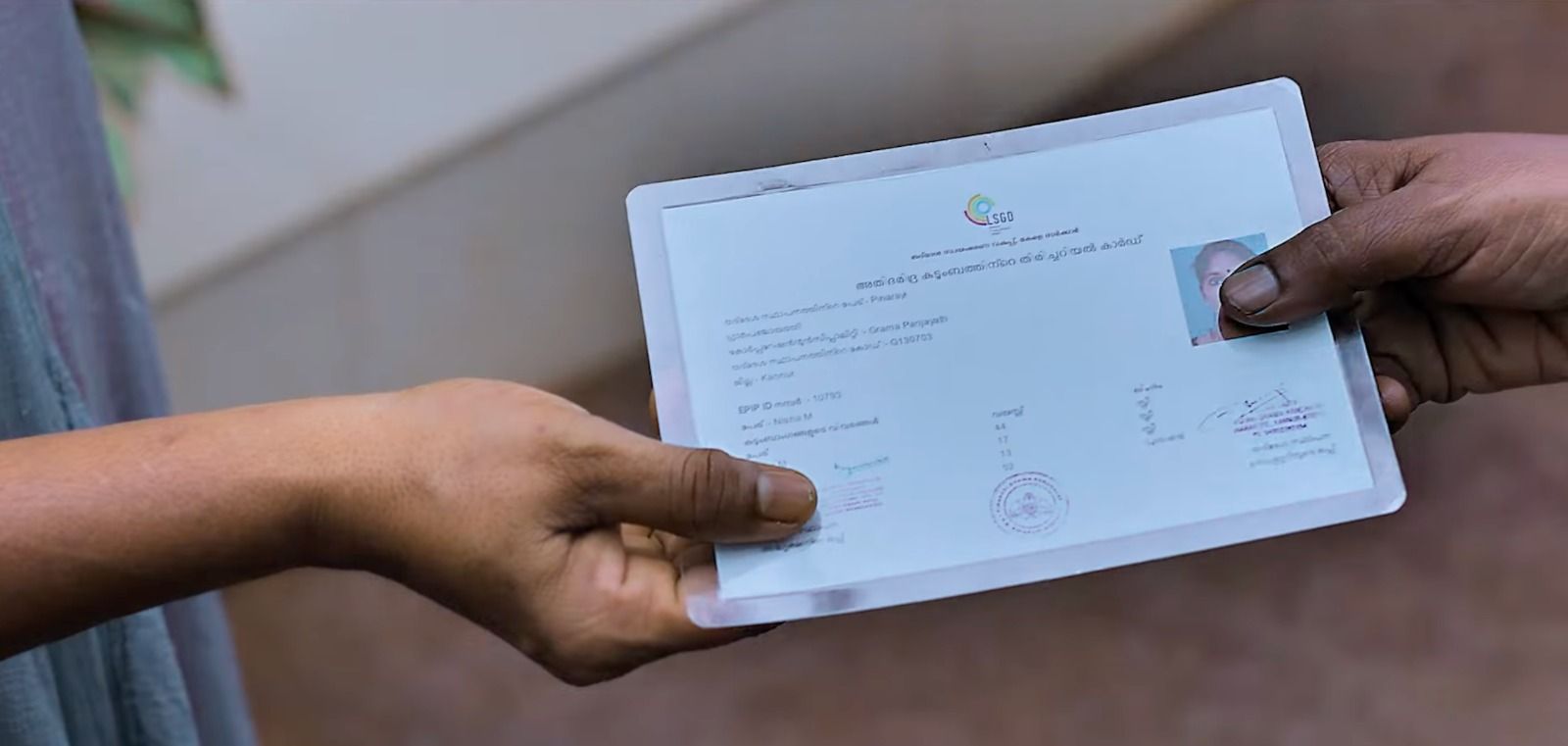
If Kerala maintains this path, its story will inspire hope worldwide. It will show that an alternative development model is possible; one prioritising people over profits, equity over growth, and dignity over economic metrics. It proves that the Left's vision of a caring society where everyone can live with dignity and empower themselves is achievable, not utopian.
Kerala's journey from feudalism to eradicating extreme poverty demonstrates that, with political will, ideological commitment, institutional capacity, and popular participation, even the most entrenched forms of deprivation can be overcome. The Left's contribution has been to maintain faith in this possibility across seven decades, to build institutions that serve this vision, and to mobilize people in pursuit of shared goals. As Kerala enters its eighth decade, this foundation ensures that the state can continue advancing toward greater equity, dignity, and justice for all its people.






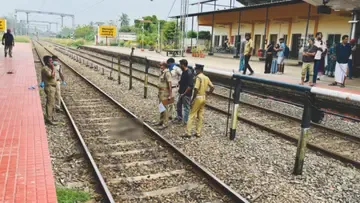

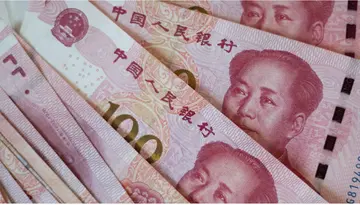

0 comments